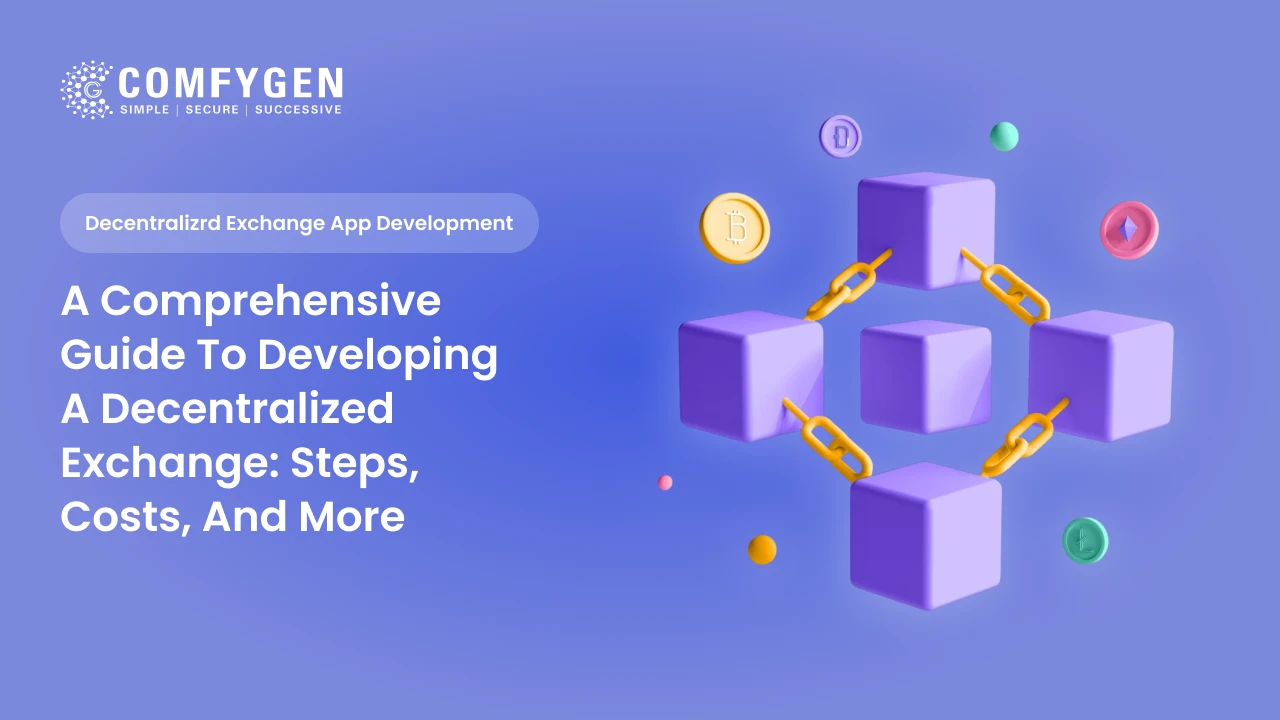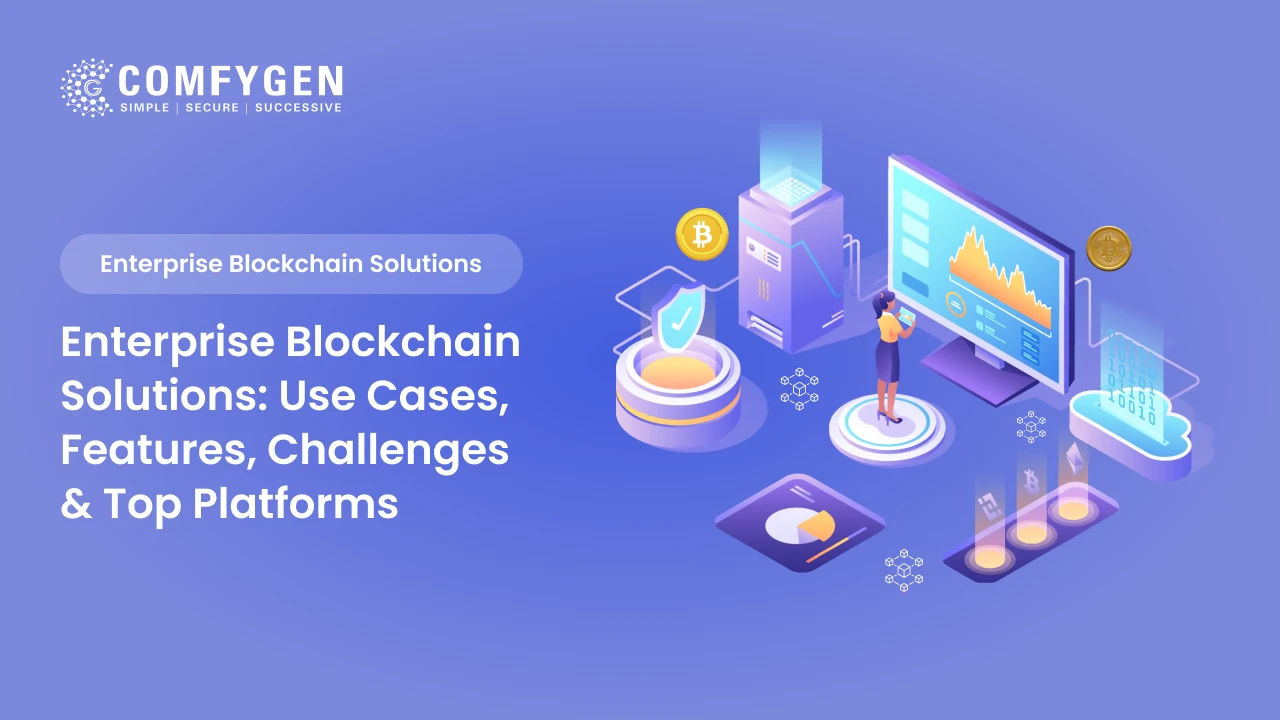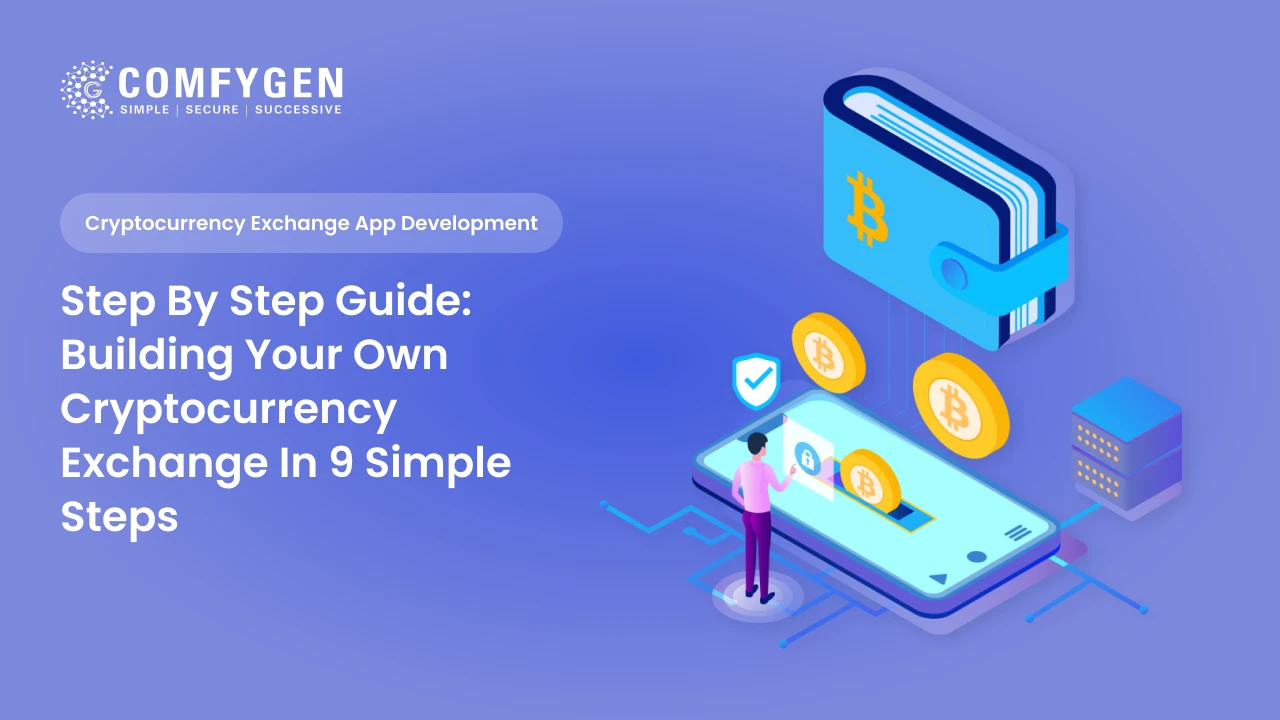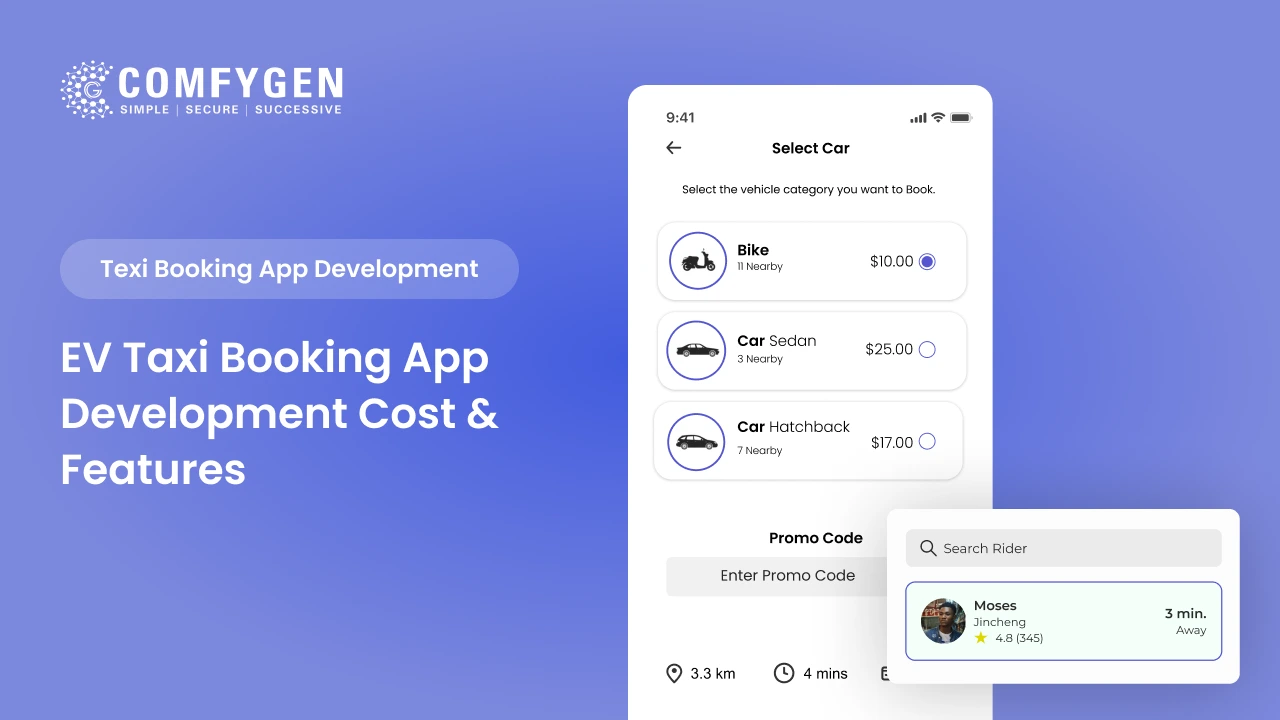A Complete Guide to Developing a Decentralized Exchange: Steps, Costs, and More
The explosive growth of decentralized finance (DeFi) has redefined how people interact with financial services. At the core of this revolution lie Decentralized Exchanges (DEXs) — platforms that allow secure, peer-to-peer trading of crypto assets without relying on centralized authorities.
If you’re looking to capitalize on this momentum and build your own DEX, this guide will walk you through the entire development process, estimated costs, top features, and emerging trends to help you launch a secure, scalable, and user-friendly decentralized exchange.
What Is a Decentralized Exchange?
A Decentralized Exchange (DEX) is a blockchain-based trading platform that enables direct transactions between crypto traders via smart contracts. Unlike centralized exchanges that act as intermediaries and hold user funds, DEXs allow users to trade while retaining full custody of their assets.
Popular examples like Uniswap, PancakeSwap, and dYdX have shown the power of DEXs to offer global access, better privacy, and reduced security risks.
Why Build a Decentralized Exchange?
Here are the core advantages that make DEX development a valuable business opportunity:
-
- Trustless Transactions: Users trade without giving up control of their funds.
- Global Accessibility: Anyone with an internet connection and a crypto wallet can participate.
- Lower Security Risks: No centralized data makes DEXs less vulnerable to hacks.
- Reduced Regulatory Burden: DEXs often avoid KYC/AML due to their non-custodial nature.
- Monetization Potential: Earn via swap fees, token listings, yield farming, and more.
Get a Custom Quote
for Your DEX Project
Contact Now
Key Steps in Decentralized Exchange Development
Launching a DEX involves several stages, from concept to deployment:
Define Your DEX Model
Choose the model that best fits your business goals:
- Automated Market Maker (AMM): Uses liquidity pools instead of order books (e.g., Uniswap).
- Order Book DEX: Mimics centralized exchange logic but runs on smart contracts.
- Hybrid DEX: Combines AMM and order book features for performance and decentralization.
Choose a Blockchain Network
Select a blockchain that supports smart contract execution:
- Ethereum: Mature ecosystem, but higher gas fees.
- Binance Smart Chain (BSC): Lower fees, high speed.
- Polygon: Great for scaling Ethereum-based apps.
- Solana, Avalanche, Arbitrum, zkSync: Emerging networks with fast performance and low latency.3. Develop Smart Contracts
Develop Smart Contracts
Smart contracts are the backbone of your DEX. You’ll need to code contracts for:
- Swapping tokens
- Adding/removing liquidity
- Token staking
- Governance (if applicable)
- Fee distribution
Don’t skip audits — vulnerabilities can lead to millions in losses.
Integrate Wallet Support
Let users connect with leading crypto wallets like:
- MetaMask
- Trust Wallet
- Coinbase Wallet
- WalletConnect
- Hardware wallets (Ledger, Trezor)
Design an Intuitive User Interface
A clean, responsive, and fast-loading front end is essential. Focus on:
- Swap interface (easy token conversion)
- Portfolio dashboard
- Real-time charts and analytics
- Mobile compatibility
Implement Liquidity Pools
Liquidity pools allow seamless token swaps. To attract liquidity providers:
- Offer LP tokens
- Add yield farming or staking rewards
- Support multiple pairs and tokens
Ensure Security & Compliance
Critical security layers include:
- Smart contract audit
- HTTPS/SSL for web access
- Multi-signature admin wallets
- Protection against front-running and sandwich attacks
- Rate-limiting & anti-bot systems
Test & Deploy
Before going live:
- Run extensive testnets
- Simulate high-traffic environments
- Conduct penetration testing
- Fix bugs, improve UX, and test gas optimizations
Launch and Scale
After deployment, promote your DEX through:
- Community-building
- Token airdrops or IDOs
- Partnerships with DeFi protocols
- Listings on DEX aggregators
Ready to Launch Your Own
Decentralized Exchange?
Contact Now
Cost to Develop a Decentralized Exchange
DEX development costs vary depending on scope and features:
| Component | Estimated Cost (USD) |
|---|---|
| UI/UX Design | $5,000 – $10,000 |
| Smart Contract Development | $15,000 – $40,000 |
| Blockchain Integration | $10,000 – $20,000 |
| Wallet Integration | $3,000 – $7,000 |
| Liquidity Pool Features | $10,000 – $25,000 |
| Security Audits | $5,000 – $15,000+ (ongoing) |
| Backend & API Development | $8,000 – $20,000 |
| Testing & QA | $3,000 – $8,000 |
| Total Cost (Basic to Advanced) | $60,000 – $200,000+ |
MVP versions can be launched for ~$50K–$80K with essential features.
Top Features to Include in a DEX
To ensure usability and competitive edge:
- Token swapping interface
- Liquidity provider incentives
- Trading analytics & charts
- Governance via DAO
- Multi-chain & cross-chain support
- Native utility token
- Staking & farming modules
- Fiat on-ramp
Latest Trends in DEX Development
Stay ahead of the curve with these emerging trends:
Cross-Chain Swaps
Use protocols like ThorChain or LayerZero to enable interoperability across chains.
Layer-2 DEXs
Leverage L2s like Arbitrum, Optimism, and zkSync to reduce gas costs and latency.
AI in DeFi
AI-driven trading insights and automated strategies are gaining traction.
DAO Governance
Enable token holders to vote on proposals, fees, and development updates.
Gamification
Introduce quests, badges, and rewards to increase user retention.
Why Invest in Decentralized Exchange Development?
Still, wondering if launching a DEX is worth it?
- The DEX market cap crossed $50+ billion in 2024
- Non-custodial solutions are in high demand
- Multiple revenue streams via fees, ads, and premium features
- Global user base with 24/7 liquidity
With the right strategy, your DEX could become the next Uniswap, SushiSwap, or PancakeSwap.
Conclusion
Building a decentralized exchange is a technically demanding yet highly rewarding endeavor. Whether you’re a startup, enterprise, or DeFi enthusiast, launching your own DEX allows you to lead innovation in the decentralized financial ecosystem.
From planning and smart contract development to UI design and post-launch scaling, every step requires careful execution. The future of finance is decentralized — and now is the best time to invest in a custom DEX development solution that’s fast, secure, and scalable.

Mr. Saddam Husen, (CTO)
Mr. Saddam Husen, CTO at Comfygen, is a renowned Blockchain expert and IT consultant with extensive experience in blockchain development, crypto wallets, DeFi, ICOs, and smart contracts. Passionate about digital transformation, he helps businesses harness blockchain technology’s potential, driving innovation and enhancing IT infrastructure for global success.









